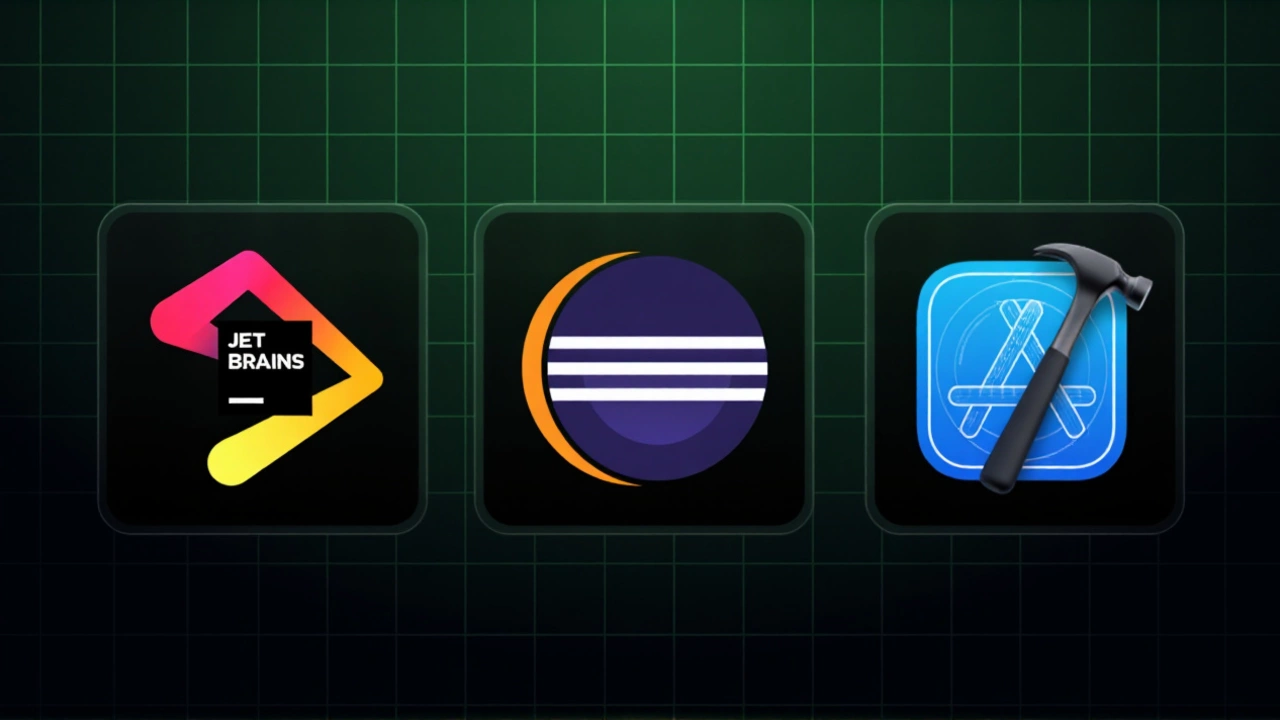Microsoft Unveils Largest Security Overhaul in Company History Through Secure Future Initiative

Microsoft has launched what it calls the largest engineering project in company history — a sweeping overhaul of its entire product security architecture under the Secure Future Initiative (SFI). Announced in April 2025 and updated in November 2025, the initiative isn’t just another patch cycle. It’s a cultural, technical, and operational earthquake inside the tech giant, reshaping how 34,000 security engineers and 50,000+ employees think about protection — from the kernel of Windows to the cloud’s outermost edge.
The Scale of the Shift
Here’s the staggering number: Microsoft processes over 100 trillion security signals every single day. That’s more data than the entire internet generates in a week — and it’s all being scanned, analyzed, and acted upon in real time. The company blocks 4.5 million new malware attempts daily, detects 38 million risky identity events, and filters 5 billion emails for phishing and malware. These aren’t hypotheticals. They’re live, daily battles fought across 21 million cloud resources.
Behind the scenes, Microsoft has ripped out 6.3 million legacy or unused tenants — digital ghost towns that were once active but had become security liabilities. Eighty-eight percent of its cloud infrastructure has been migrated to Azure Resource Manager, enabling tighter control, automated policies, and consistent enforcement. And it’s not just infrastructure. The company has deployed 98,000 hardened devices for accessing critical systems — machines locked down so tightly they’re practically armored tanks.
Zero Trust, Fully Realized
Zero trust isn’t a buzzword anymore at Microsoft. It’s the default. The Network Security Perimeter (NSP) technology now isolates every cloud service, enforcing least-privilege access like a bouncer at an exclusive club — no exceptions, no handshakes. Every request is verified, every credential checked, every session logged.
And it’s not just customers who are being locked down. Microsoft employees now have to define a Security Core Priority during performance reviews. Over 99% have completed Trust Code compliance training. The message is clear: security isn’t someone else’s job. It’s yours. Charlie Bell, Microsoft’s Security Vice President, put it bluntly: “Security is a team sport.”
AI Meets Adversarial Intelligence
Threat actors are using AI to automate phishing, craft convincing deepfake voice calls, and bypass traditional defenses. Microsoft is fighting fire with fire — but smarter. Its Microsoft Defender now has agentic capabilities: autonomous agents that don’t just wait for alerts. They hunt. They triage. They predict.
One new agent, called “vibe hunting,” scours logs for subtle patterns humans miss — like a user suddenly accessing files at 3 a.m. from a device that’s never been used before. Another, the “phishing triage agent,” now grades emails with machine learning, replacing manual reviews that used to take hours. And here’s the kicker: it’s learning from false negatives — the threats that slipped through — and adapting in real time.
At Microsoft Ignite 2025Seattle, Microsoft unveiled predictive shielding: a system that doesn’t just contain an attack — it predicts where it will go next and hardens those paths before the attacker can move. It’s like having a chess grandmaster who sees 12 moves ahead.
Identity Is the New Perimeter
Forget passwords. Microsoft is pushing passwordless authentication hard. New Microsoft Entra ID features include synced passkeys from Apple, Google, and Samsung — meaning your iPhone or Android can now act as your primary key to corporate systems. Self-service account recovery? Now it’s built-in. No more calling IT to reset your password.
And it works. Microsoft’s own data shows phishing-resistant MFA blocks over 99% of identity-based attacks. That’s not marketing. That’s math. In a world where 80% of breaches start with compromised credentials, this isn’t optional — it’s existential.

Beyond Windows: Securing the Ecosystem
Microsoft isn’t just protecting its own products. It’s securing the entire cloud ecosystem. Through Microsoft Sentinel, Defender for Endpoint data now flows directly into the security operations center’s data lake. SOC teams can retro-hunt incidents from months ago — a game-changer for forensic investigations.
And it’s not just Microsoft tech. Sentinel now ingests data from Amazon Web Services, Proofpoint, and Okta, creating a unified threat picture across hybrid environments. Real-time containment? Now it’s automatic.
The Quantum and the Whisper
While everyone’s focused on AI, Microsoft is quietly preparing for the next frontier: quantum computing. The company is developing quantum-safe cryptographic systems — algorithms that won’t be broken when quantum machines arrive. It’s a long-term bet, but one that could define security for the next 50 years.
And then there’s “Whisper Leak.” A newly discovered side-channel attack that can infer what a language model is discussing — even when encrypted. Microsoft’s research team, working with NVIDIA, has already begun designing countermeasures. This isn’t science fiction. It’s the new reality of AI security.
What’s Next?
The Secure Future Initiative isn’t ending in 2025 — it’s just hitting its stride. By early 2026, Microsoft plans to roll out automated threat hunting at scale across all enterprise customers. More AI-driven agents are coming. Quantum-safe encryption will enter pilot programs. And the company’s 15,000+ security partners will be integrated deeper into the defense network.
As Charlie Bell told employees: “We don’t get to rest when the threat stops. We get to rest when the threat is obsolete.”
Frequently Asked Questions
How does the Secure Future Initiative affect small businesses using Microsoft 365?
Small businesses benefit automatically. Features like phishing-resistant MFA, automated threat detection in Defender, and zero trust policies are now baked into Microsoft 365 subscriptions. You don’t need a security team — Microsoft’s AI and automation handle it. The 99% reduction in identity attacks applies to everyone, from startups to Fortune 500s.
What’s the difference between traditional MFA and phishing-resistant MFA?
Traditional MFA uses SMS codes or one-time passwords that can be intercepted. Phishing-resistant MFA uses cryptographic keys — like passkeys on your phone or hardware tokens — that can’t be stolen by fake login pages. Microsoft’s data shows it blocks over 99% of identity attacks, compared to 70-80% for traditional methods. It’s the difference between a lock and a vault.
Why did Microsoft remove 6.3 million legacy tenants?
Legacy tenants were unused or abandoned Azure environments that still had active credentials, open ports, and outdated software. They were invisible attack surfaces — perfect for hackers to slip through. Removing them cut the company’s potential breach points by nearly 15%, according to internal estimates. It was like cleaning out a cluttered garage full of broken tools that could be used as weapons.
How does Microsoft’s predictive shielding work?
Once an attack is contained — say, a ransomware file is quarantined — predictive shielding uses machine learning to map out where the attacker would likely move next: which servers, which accounts, which data. Then, it automatically hardens those targets in real time — disabling unused accounts, rotating keys, blocking network paths — before the attacker can act. It’s proactive defense, not reactive.
What’s Whisper Leak, and why should I care?
Whisper Leak is a side-channel attack that lets hackers infer the topic of encrypted AI conversations — like “What’s our Q4 budget?” — by analyzing tiny timing differences in responses. It doesn’t steal data, but it steals context. For businesses using AI for sensitive planning, this is a serious risk. Microsoft is already developing countermeasures, but it signals a new class of threats tied to generative AI.
Is Microsoft’s security ecosystem really bigger than any other company’s?
Yes. With 34,000 full-time security engineers and 15,000+ partners globally, Microsoft’s security workforce is larger than the entire cybersecurity divisions of Google, Amazon, and Apple combined. That scale allows for deeper threat intelligence, faster response times, and broader integration across third-party tools — something no other vendor can match.





